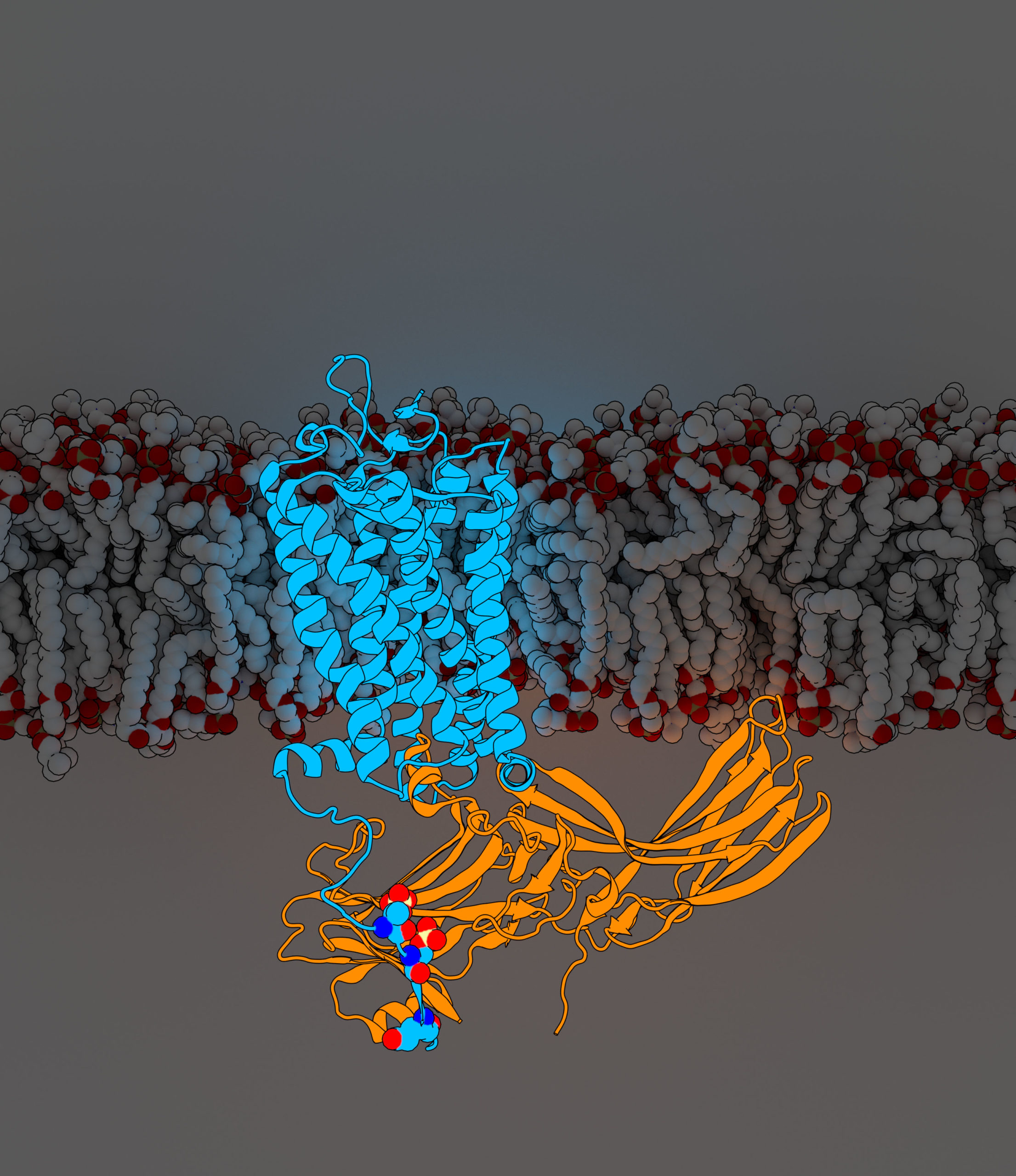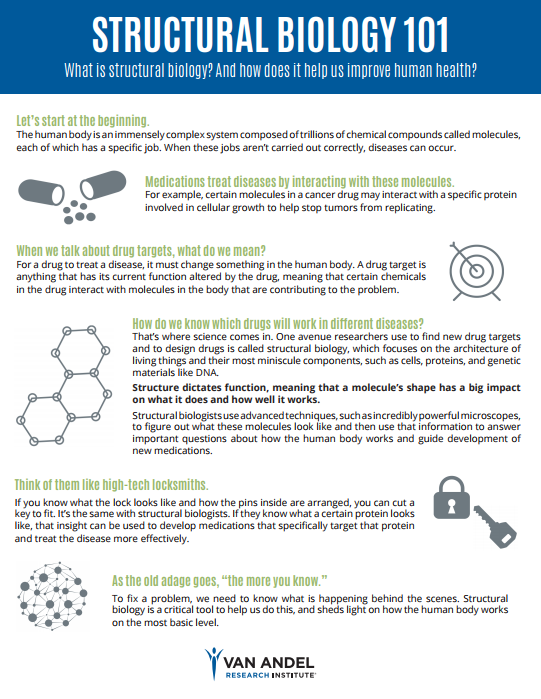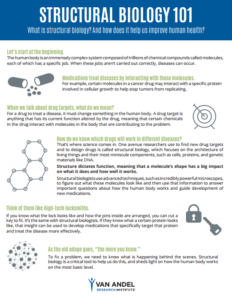Or, why you should care about G protein-coupled receptors
Ever wondered how that daily beta blocker is actually lowering your blood pressure? Or how clopidogrel thins your blood and helps stave off heart attack and stroke?
So do Eric Xu, Ph.D., and a team of collaborators at Van Andel Research Institute. For more than a decade, they have been studying a class of receptors on the surface of cells called G protein-coupled receptors (GPCRs) and, last week, they published a new set of findings in Cell that reveal the lock-and-key structure of how these receptors interact with one of their key signaling proteins, called arrestins.
Why is this important? Because GPCRs are part of the most active and complex network of communication channels among cells in the human body, and anywhere from 30-40 percent of drugs currently on the market (depending on whom you ask) interact with GPCRs in some way.

Xu and the team discovered sequences of three chemical tags called phosphoryl groups that function like the combination to a safe, matching up with pockets on arrestins and allowing them to dock onto GPCRs, effectively block incoming communication on a specific channel.
This is where it gets really important for development of new drugs, in addition to refinement of the ones we already have: if drug development teams know how to stop a cancer from responding to signals for rapid growth, they could theoretically design new therapeutics to improve wellness across a litany of different diseases.
At least that’s the hope.
And, because GPCRs are so common—there are an estimated 825 different types of GPCRs—the goal is that drugs could be developed to better treat conditions ranging from retinopathy and depression to HIV and cancer. Fine-tuning the fidelity of signals from the retina to the optic nerve, for instance, could possibly help restore at least partial sight to people with retinopathy.
In addition to answering a longstanding question in basic biology, Xu and the team hope that the information uncovered in their study can be used to design new therapies that have higher potency and greater specificity than some of those currently available.
In other words, they hope to build better drugs that offer higher response rates and fewer side effects.
What is structural biology? And how does it help us improve human health? Click the image below
to learn more.

